Part of me was thinking to myself that Canon’s lens releases have been very sluggish, or at least they just “felt” that way. So I decided to take a look at just how Canon did in their history from the EF mount onwards. So armed with Excel and Canon Camera Museum (honestly, if you haven’t spent a few hours there yet, you really need to do so), I went to work.
Having grabbed all the data I plotted out just how many lenses Canon has developed over the years (232 so far), and wanted to see if the rate looked dramatically lower during the RF years.
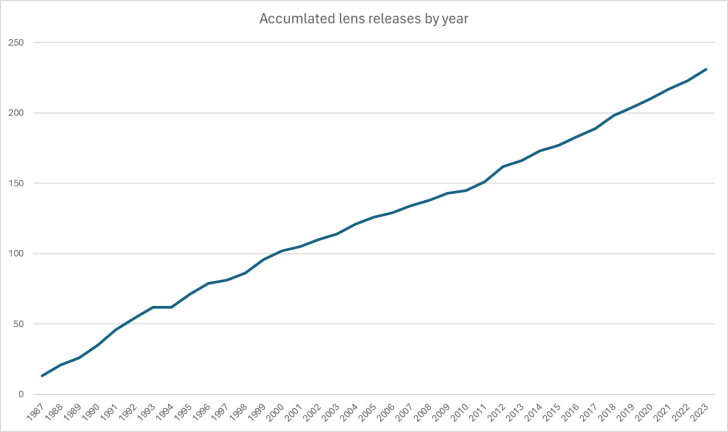
To my surprise, the plot really wasn’t that different. In actuality – Canon has averaged around 7 lenses over the RF mount timeframe (39 total lenses), whereas the overall average for the EF mount was around 6 lenses per year (194 total lenses).
Next, I wanted to see how Canon did during the 5 year segments, and how that matches up to the RF mount. Again, Canon has outpaced the EF mount development outside of a notable period at the start of the EF mount.
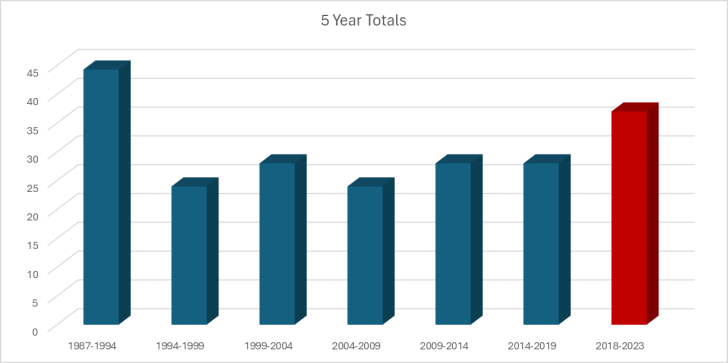
I know some sharp-eyed people will notice what I did for the first 7 years in the above graph, the 1987-1994 data is equalized out to a 5-year average instead of 7 years (the first 7 years of the EF mount produced 62 lenses in total). In the same light, the 64 months of the RF mount has been converted to 5 years or 60 months, so down to 37 lenses from the actual total of 39 just to keep everything more or less a fair comparison. As you can see from the above graph, outside of the initial burst of EF lenses, the RF mount releases have outpaced every 5-year period of lenses developed for the RF mount.
The RF mount lens pace not reaching the burst period of the first 7 years of the EF mount at its inception perhaps isn’t too realistic. We need to consider factors that happened during the 5 years of Canon’s RF mount development – in particular three;
- Unlike the RF mount, the EF mount was disruptive. You simply couldn’t use the older FD mount lenses on the EF mount. Canon had to scramble far quicker to roll out lenses for a radically new mount. The RF mount allowed for a more gentle approach, with some excellent adapters allowing the use of EF lenses on the RF mount. There was far greater urgency to roll out EF lenses than there is to roll out RF lenses.
- Most of the RF lenses were entirely new designs for Canon. They didn’t have hundreds if not thousands of prior patented optical designs to fall back on for a lens. They had to develop, patent, and design all these lenses from the ground up to take advantage of the shorter registration distance of mirrorless cameras. Many of the initial EF lenses were simply reused FD mount lens optical designs.
- COVID-19 affected Canon’s production and product development and even leading up to and into this year, Canon’s supply chains have been problematic at best. Even Canon I’m sure didn’t want to announce lenses they had absolutely no hope of manufacturing.
When we consider these factors, what Canon has accomplished is actually quite impressive, certainly better than I originally thought. They turned their entire camera ecosystem around to mirrorless and rolled out lenses faster than they’ve ever done before in the digital era. Now we should also toss some credit to the dark side here, Nikon in that nearly same period of time has developed 40 new mirrorless lenses. So Canon isn’t quite up to an industry-leading pace at the moment, but I’m still rather impressed by Canon’s efforts to date.
So if it feels like Canon is releasing lenses at a slow pace, they aren’t – it just seems that way. Canon has done an admirable amount of work releasing lenses at an increased pace for the RF mount under some challenging circumstances. Canon will undoubtedly continue this pace until they have completed what they feel is their lens lineup and turn it into an industry-leading ecosystem much like the EF system before.
Now where’s that Canon RF 50mm F1.4?
|
When you purchase through links on our site, we may earn an affiliate commission. Here's how it works. |


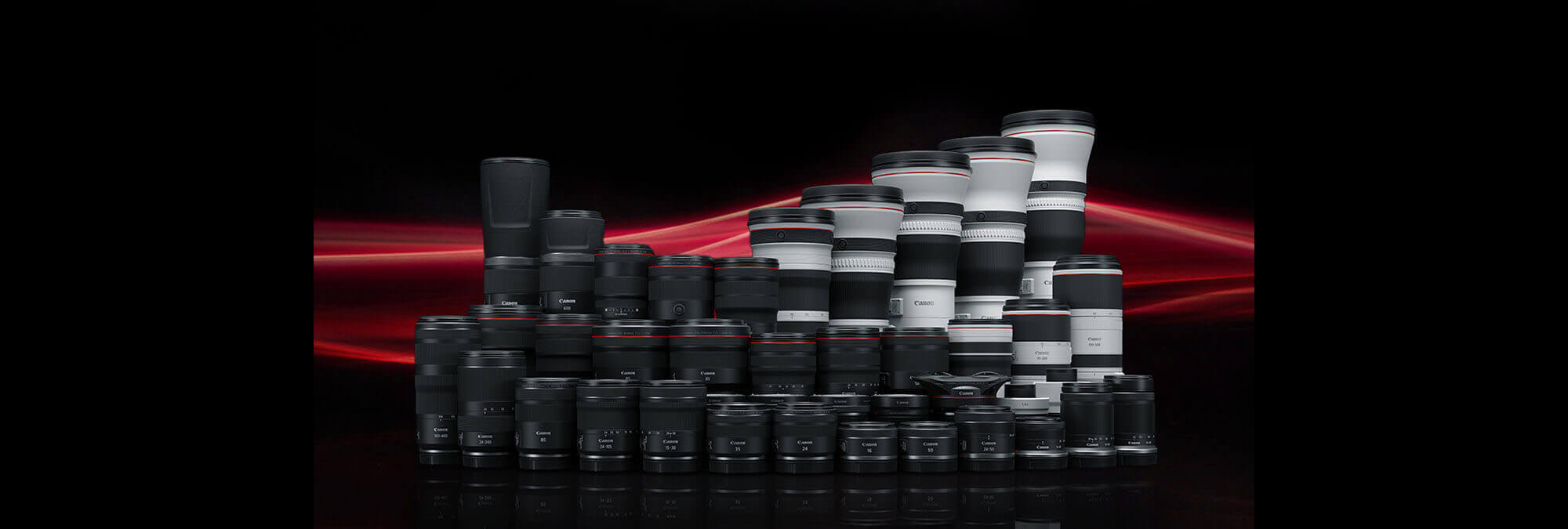
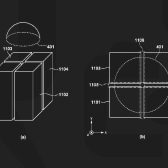
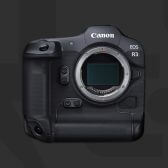
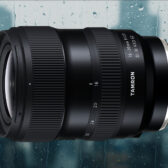
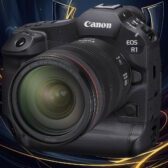
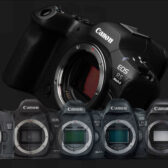

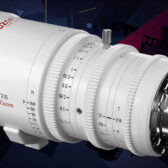


I would have given Canon a pass if they would not have discontinued so many EF lenses before having RF alternatives.
Given them pass for what? For releasing lenses at a faster pace than EF lenses? :unsure:
Or do you mean for not releasing a big bolus of RF lenses even though all EF lenses were fully compatible?
Regardless, your post really doesn’t make much sense to me.
- all new lenses are better than their predecessors
- most (all?) new lenses are brand-new calculations
- many premieres, not only for Canon (28-70 f2, :love:24-105 f2,8:love:, 100-300, 200-800, inexpensive 600 & 800 teles, soon a TS 14mm etc...)
Despite extensive use of supercomputers, all this still takes time. Developing, melting and cooling new glass formulas too.
Same for the industrialization.
So not that unusual what Canon did in the last RF years.
Now, that's a real question! THE real question! :cool::devilish:
Ex: RF 100-500 is f7.1 on the long end, to the ire of many. But for me, I get “free” built -in 1.25X TC on a 100-400mm lens (more or less). Like all gear, it depends on how you look at it and if you actually use the gear (instead of being a know-it-all forum warrior).
With that said, I’m looking forward to seeing some potential RF offerings in the midrange 600mm and 800mm prime. Not demanding, but hoping for.
I’m sure there are some people who develop a sudden, new ‘need’ for an EF lens with no RF replacement and no availability of the discontinued EF version. But probably very, very few people.
In the US, the 400/4 DO II is available new (e.g., in stock at B&H) and used. The MkI is available at KEH for under $2K.
I’d been interested in the EF 300/2.8 II for a while, and then it became unavailable here. I was patient, and the RF 100-300/2.8 came along, which I preordered and have been very happy with (more so than I’d have been with the 300/2.8 prime).
How many of these "new" Nikon lenses are recycled Tamrons?
I'd say quite a few...
- 18 RF primes for FF
- 15 RF zooms for FF
- 3 RF zooms for APS-C
- 2 RF extenders
That’s 38 lenses launched to date, not 37.If you add in the three recently announced lenses not counted above (RF 24-105/2.8L, RF 200-800, and RF-S 10-18), that puts Canon at 41 lenses by the end of the year, assuming Canon ships on time (B&H now has estimated ship dates of 12/4 for the RF-S 10-18 and 12/14 for the two RF zooms).
In order to get my 24-105 f2,8 in time (April?), I had to convince my favourite vendor to inform me as soon as the lens gets "orderable", and to place a fake shop order for me. Other camera stores refused.
Of course, If I hadn't bought half of my equipment there...